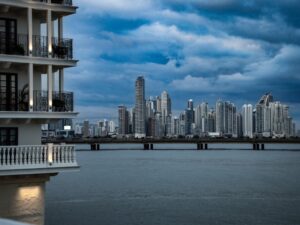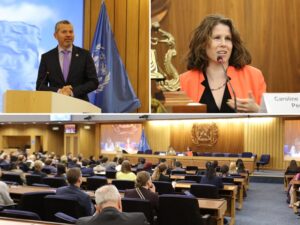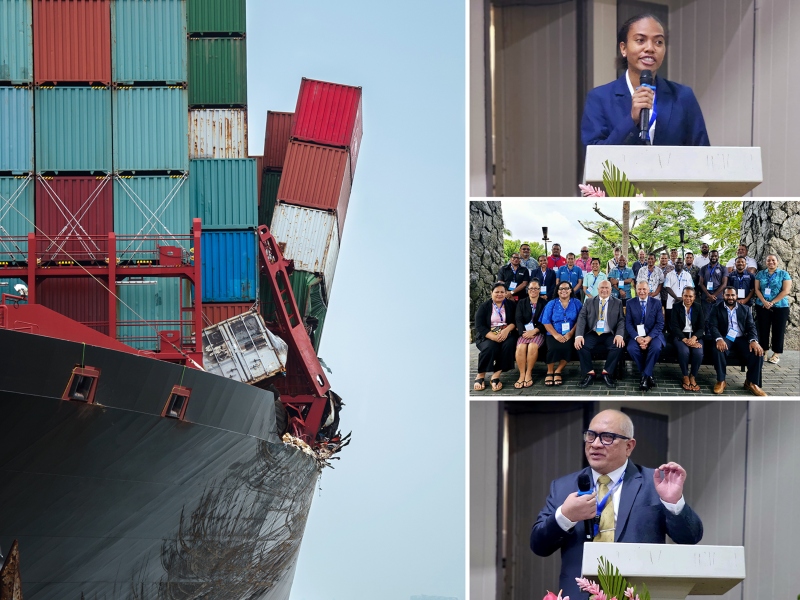Source: IMO
Two companies have become the newest members of The Global Industry Alliance (GIA) for Marine Biosafety. This means GIA has tripled in size since it was founded with four members in June 2020. It now comprises 12 full members plus one with observer status.
Armach Robotics, an in-water cleaning service provider, and Jotun, which manufactures coatings, join at the end of a busy year for the GIA.
Jotun will bring experience in antifouling coating technology, proactive in-water cleaning services and innovations in biofouling management. Petter Korslund, Regulatory Affairs Manager for Jotun, said, “GIA is an important industry initiative to work together and cooperate towards a more sustainable shipping. As a global leader in maritime coatings and clean hull solutions, it is our mission to contribute to cleaner hull on vessels, enabling the shipping industry’s ambition for decarbonization and biodiversity.”
Armach Robotics will add to the Alliance’s discussions and work, bringing their perspective of in-water cleaning services. Karl Lander, Director – Regulatory Compliance and Outreach, said, “Armach is excited to work with GIA and its partners on addressing the negative impact biofouling has on the global shipping industry.”
GIA is an initiative of IMO’s GloFouling Partnerships project. It brings together private sector companies from a wide range of ocean-based industries such as shipping, offshore oil and gas, technology research and fouling control systems manufacturers, including anti-fouling coatings, in-water cleaning systems, BioPass, filtration systems and ultrasonic. Together these respective sectors work towards sustainable and practical solutions that can facilitate the implementation of biofouling management regulations.
Biofouling is the accumulation of microorganisms, plants, algae, or small animals on ships’ hulls and other wetted surfaces. It can create irreversible effects on marine biodiversity by introducing potentially Invasive Aquatic Species into new environments. Biofouling also increases the drag of ships, forcing them to burn more fuel to maintain speed, thus contributing to higher GHG emissions.
The first of two recently published reports commissioned by GIA analyses the impact of ships’ biofouling on Greenhouse Gas Emissions. It found that keeping ships’ hulls free from just a thin layer of slime could reduce a ship’s GHG emissions by 25%. The second study compares current and emerging regulations and practices for biofouling management.
The GIA have also commissioned a short animation video to increase awareness of GHG and good biofouling management. It will be launched on 13 December during the 79th meeting of Marine Environment Protection Committee (MEPC 79) at IMO Headquarters.
The next GIA meeting is to be held today, on 13 December. At it, the Alliance’s new members will have the opportunity to introduce themselves and start contributing to the joint goal of improving biofouling management and sharing awareness of the effects of biofouling worldwide.
![]()

































